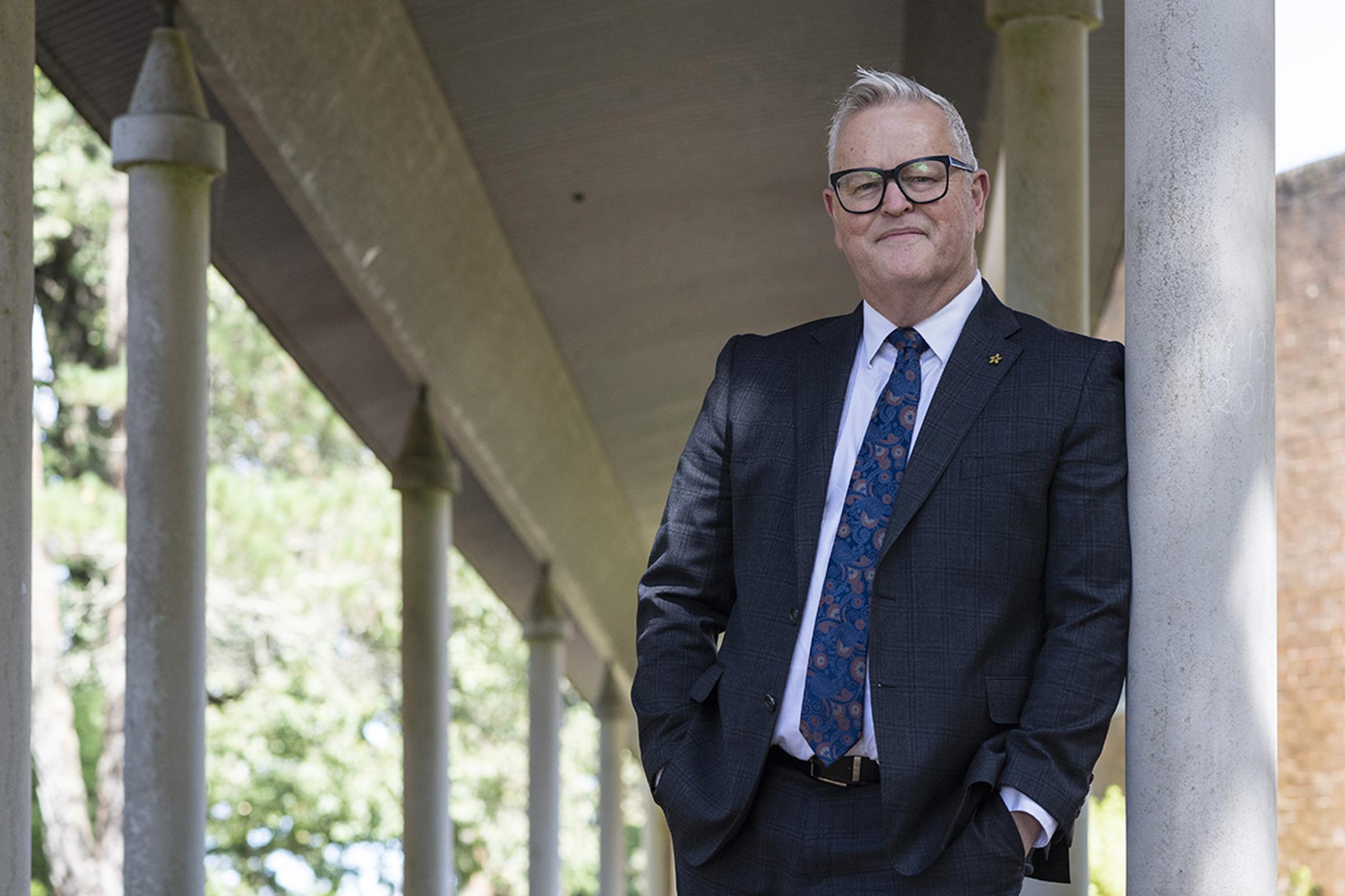From the Principal

To the Blue Mountains Grammar School Community,
If I asked our community, no one would argue that wellbeing is crucial to our work in schools. When I started as a teacher and school leader, I attended professional learning, read books, and tried to connect the link between high-quality learning and ensuring our young people found themselves in a safe place where they could understand who they were.
Around 2007, I started researching learning environments and how they impact student outcomes and engagement in learning. By 2010, I was fully immersed in the science of creating a sense of 'place.' Those years of research made it clear that physical environments, educators, and families can shape what children learn and how they learn it. This made so much sense to me, particularly as so much of the conversation in schools at the time was about moving from an industrial education model to one focused on the knowledge era.
Around this time, I travelled to Helsinki. At the time, Finland was regarded as the leader in education. I was also fascinated with Danish furniture and a long-time fan of Jørn Utzon, the Danish architect who was chosen to design the Sydney Opera House. This opportunity to explore and research my interests and professional pursuits created a synchronous pathway.
On my travels, I noticed many references to the Danish idea of hygge (pronounced hoo-ga). Linguists much more intelligent than myself told me that hygge is not easily translated into English.
At its core, hygge is about creating a sense of warmth and togetherness, both physically and emotionally. Imagine a cozy room filled with soft lighting, comfortable furniture, and people engaging in meaningful conversation. In a school setting, adopting hygge elements can profoundly impact how students learn and perform academically and also improve their emotional state and wellbeing.
The research states that there is a connection between hygge and academic performance in the following ways:
- Creating a Supportive Learning Environment: When students feel safe, supported, and comfortable, they are more likely to engage in learning. Incorporating hygge into our classrooms means designing spaces that are inviting and conducive to focus. Soft lighting, comfortable seating, and a calm atmosphere can help reduce anxiety, making it easier for students to concentrate and absorb information.
- Promoting Wellbeing and Balance: Hygge encourages a balanced approach to life, where relaxation and productivity coexist harmoniously. We support our students' mental and emotional wellbeing by fostering a school culture that values downtime and reflection. Research shows that students who feel emotionally balanced perform better academically, as they are better equipped to manage stress and approach challenges with a clear mind.
- Encouraging Community and Collaboration: Togetherness is at the heart of hygge. Classrooms that embrace this concept promote collaboration and peer support, which are essential for academic success. Students working together in a warm and inclusive environment are more likely to develop strong relationships, enhancing their motivation and commitment to learning.
- Nurturing Creativity and Curiosity: A hyggelig (hygge-like) atmosphere encourages creativity and curiosity - critical components of the creative intelligence approach we are exploring for our Year 8 students. By fostering a sense of comfort and belonging, students are more likely to take intellectual risks, explore new ideas, and think outside the box, contributing to deeper learning and innovation.
This extensive research led us to include a sense of hygge in our strategic transformation project. We have identified "Place, Space and Belonging" as one of our strategic channels. We will commit time and effort to this over the coming years. We look forward to hearing from parents and students on this strategic marker as we run focus groups over the coming weeks.
As we move forward, I encourage you to consider how we can incorporate the principles of hygge into our daily routines, both at school and home. By embracing this Scandinavian concept, we can create a more nurturing environment where our students thrive academically and develop the resilience and wellbeing necessary for lifelong success.
Thank you for your ongoing support and commitment to the growth and development of our students.
Warm regards,
Steven Coote
Principal